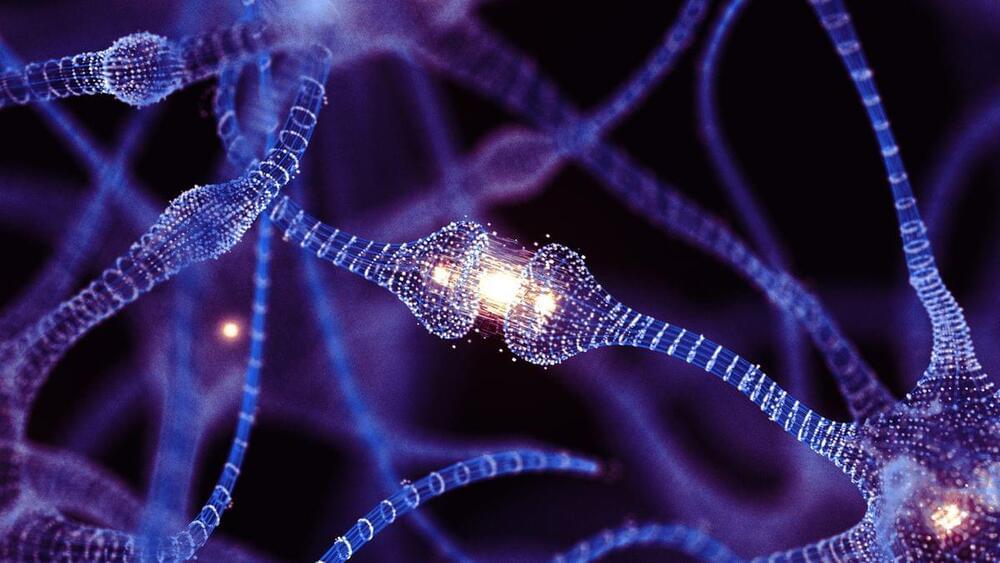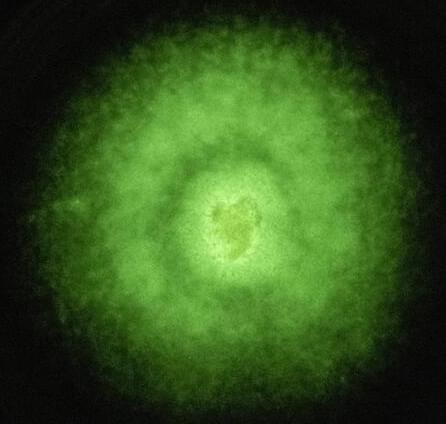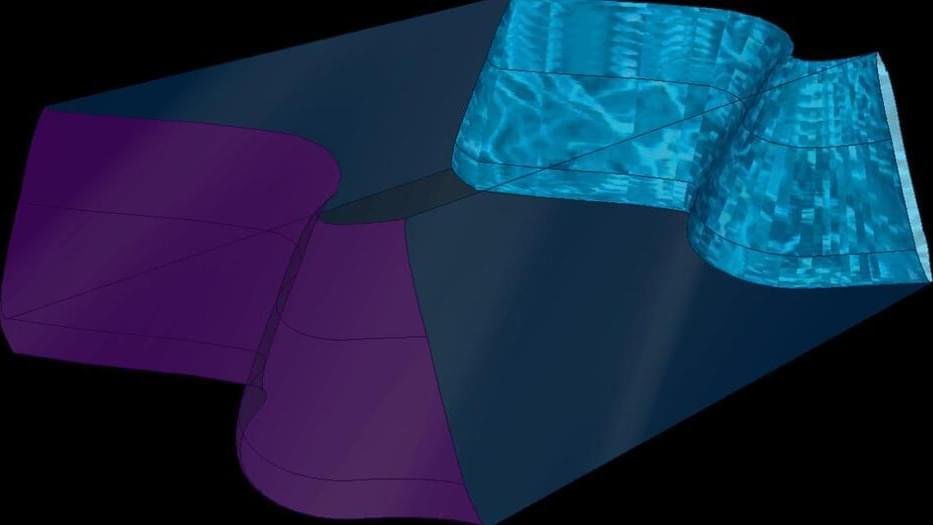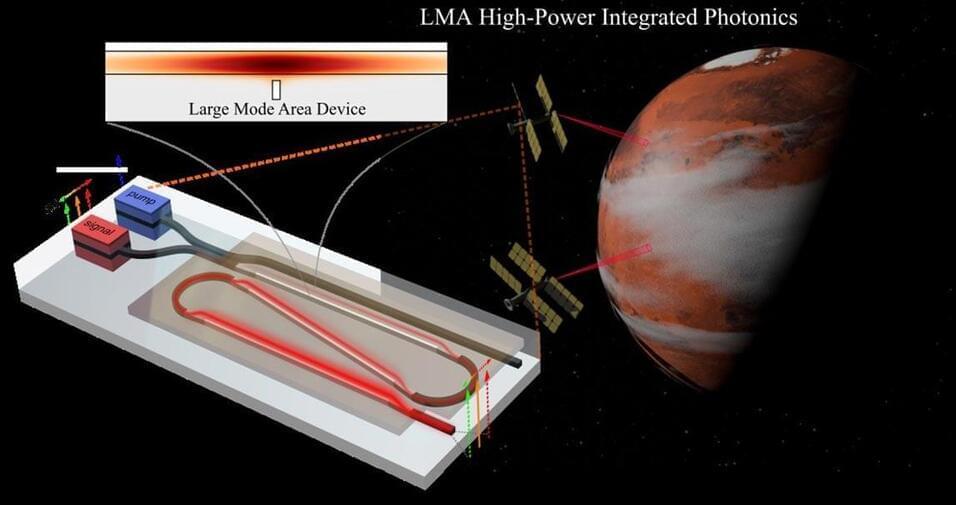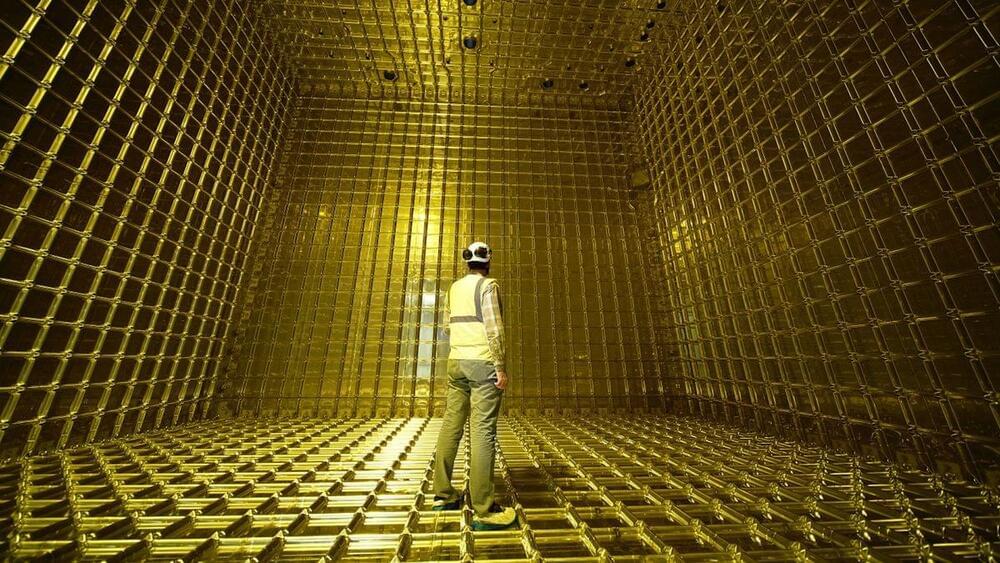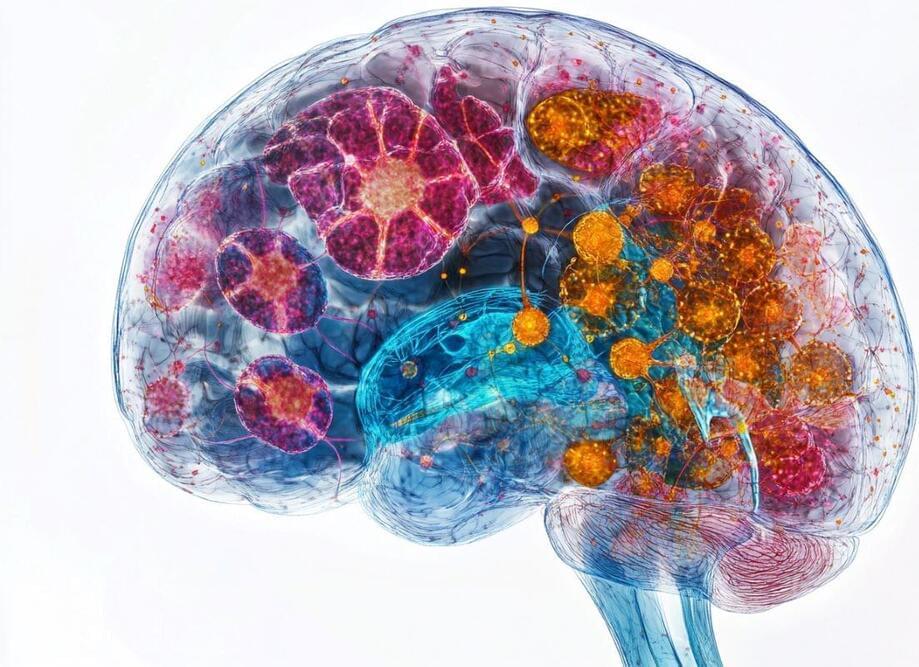Think of a future where terminal illnesses can be temporarily halted, allowing time for the development of potential cures.
TimeShift, the world’s first cryopreservation facility, seeks to make the impossible – extending human lifespan – a reality.
The conceptualized facility would provide a means of freezing or preserving patients’ bodies with terminal illnesses. This way, it could mitigate the progression of neurodegenerative diseases and aggressive cancers. And possibly enable experts to develop a cure.
